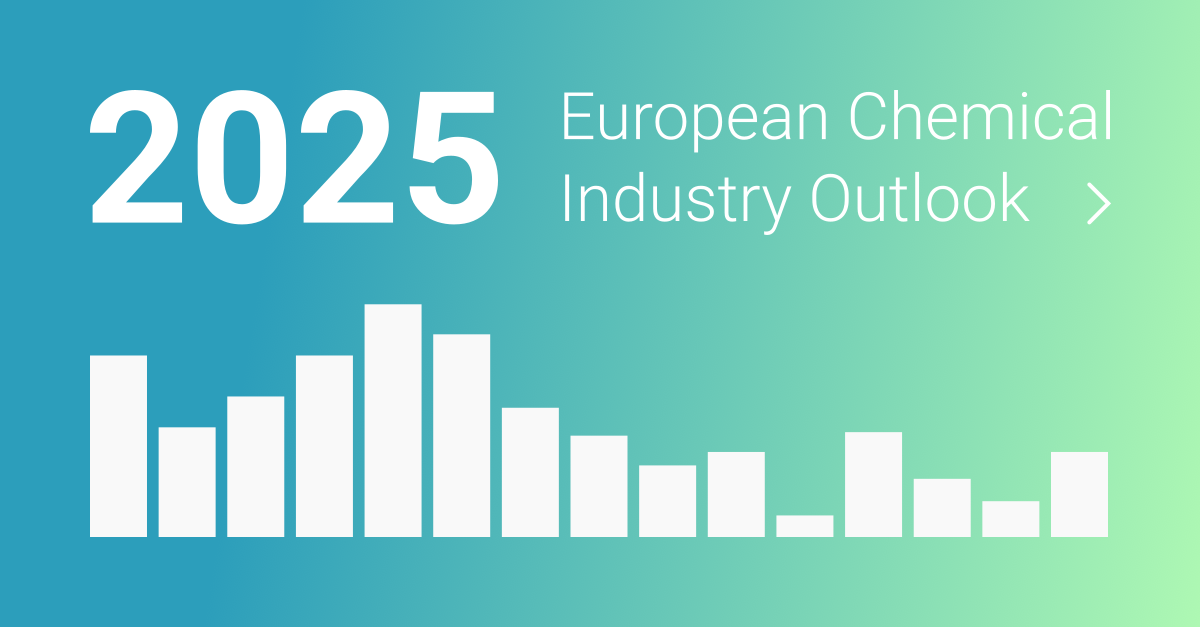- Evonik's epoxy curing agent plants in Marl, Clayton, Isehara, Los Angeles, and Singapore now run on renewable electricity.
- This shift reduces Scope 1 and 2 emissions by about one third annually.
- Evonik aims for a 25% emissions reduction by 2030 and climate neutrality by 2050.
- Epoxy curing agents are crucial for coatings, construction, composites, and adhesives.

Transition to Renewable Electricity
Evonik has transitioned its epoxy curing agent production plants to operate entirely on renewable electricity. This change affects facilities in Marl, Germany; Clayton, U.K.; Isehara, Japan; Los Angeles, USA; and Singapore. The shift is part of Evonik's broader sustainability strategy.
Emission Reductions
The transition to renewable electricity is expected to reduce Scope 1 and 2 emissions by approximately one third annually. This aligns with Evonik's goal to achieve a 25% reduction in these emissions by 2030 and to reach climate neutrality by 2050.
Strategic Energy Sourcing
Earlier in the year, Evonik's Crosslinkers business line began securing renewable energy through green electricity certificates and supply agreements. This strategic move ensures that all epoxy curing agent production sites now operate on green electricity.
Industry Impact
Epoxy curing agents produced by Evonik are essential raw materials for the coatings and construction industries. They are also widely used in high-performance composite materials and adhesives, making this transition significant for the industry.
